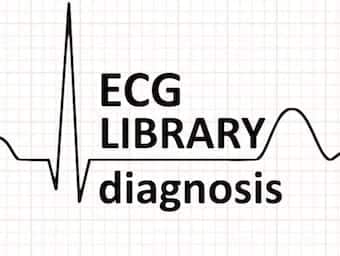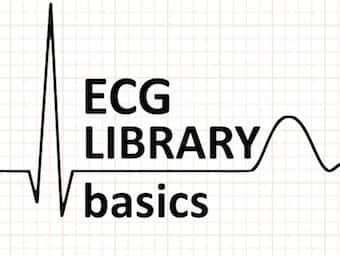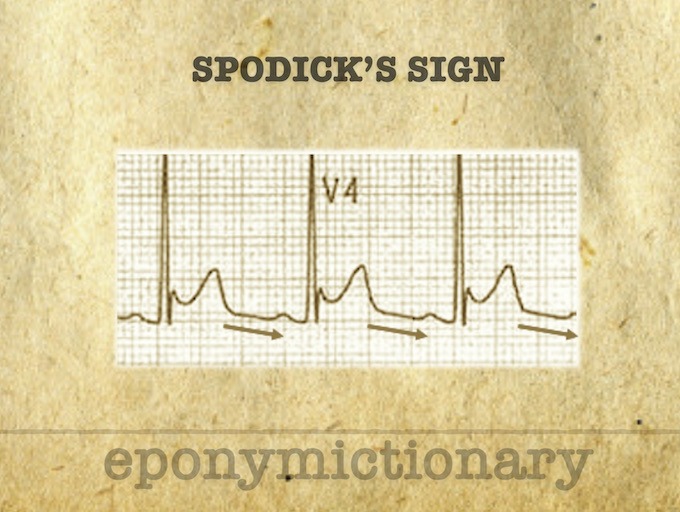
Hypokalaemia
Hypokalaemia causes typical ECG changes of widespread ST depression, T wave inversion, and prominent U waves, predisposing to malignant ventricular arrhythmias

Hypokalaemia causes typical ECG changes of widespread ST depression, T wave inversion, and prominent U waves, predisposing to malignant ventricular arrhythmias

Acute Coronary Syndrome in the setting of allergic or anaphylactic reactions, usually secondary to allergic coronary vasospasm

Wolff-Parkinson-White (WPW) Syndrome is a combination of the presence of a congenital accessory pathway and episodes of tachyarrhythmias

In left anterior fascicular block (LAFB), impulses are conducted to the left ventricle via the posterior fascicle, producing characteristic ECG changes

Left posterior fascicular block LPFB (left posterior hemiblock), impulses are conducted to the left ventricle via the left anterior fascicle

A review of the ECG features of right ventricular outflow tract tachycardia (RVOT), a type of VT, with example ECGs.

Isolated low serum Mg levels are associated with atrial depolarisation and ventricular repolarisation abnormalities, predisposing to ventricular arrhythmias

Mixed pattern of RBBB in precordial leads and LBBB in limb leads, with a higher rate of progression to complete heart block than typical bifascicular block

Trifascicular block (TFB) refers to the presence of conducting disease in all three fascicles: RBBB, LAFB, LPFB. LITFL ECG Library

Left Bundle Branch Block LBBB - normal direction of septal depolarisation is reversed (becomes right to left), as the impulse spreads

Spodick Sign: Stage I Pericarditis, a downsloping of the TP line. Described 1974 by American Cardiologist, David H Spodick (1927 – 2019)

David H Spodick (1927 – 2019) was an American Cardiologist. Eponymously affiliated with Spodick's sign in acute pericarditis (1974)